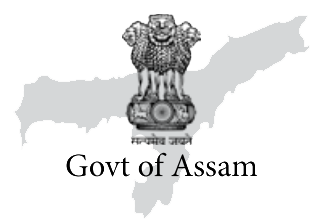The landmark administrative decision of the Assam Government in its 100th Cabinet meeting to create 81 sub-districts, besides recreating four more districts with rejigged geography and administrative structure, reflect a long-term vision of a Government that is keen to decentralised delivery of citizen-centric services.
Chief Minister Dr. Himanta Biswa Sarma had, in the recent past, been talking of his vision that the functions of the District Commissioners need to go to another level from what they had been doing hitherto. This rejig, to come into effect from January 1, 2024, will mean that the work of the DCs will get decongested thereby helping them focus on core economic functions.
This, according to many DCs (as reported in an earlier issue of Asom Barta), will lead to better convergence amongst the line departments at the subdistrict level since convergence planning is mostly done at the district level, at present. While empowering the ADCs, it will lead to close monitoring of issues relating to development programmes at the subdistrict level. It will also lead to capacity building of ADCs, who in due course will be primed for bigger challenges and responsibilities.
This reorganisation will bring about a targeted approach involving consultation with elected representatives in implementation of development schemes while addressing the latter’s oft-heard grievances of being sidelined in development initiatives in their constituencies.
The Government machinery in Dispur and elected representatives now need to ensure that this administrative overhaul, the biggest in the State since colonial times, lead to better governance.













